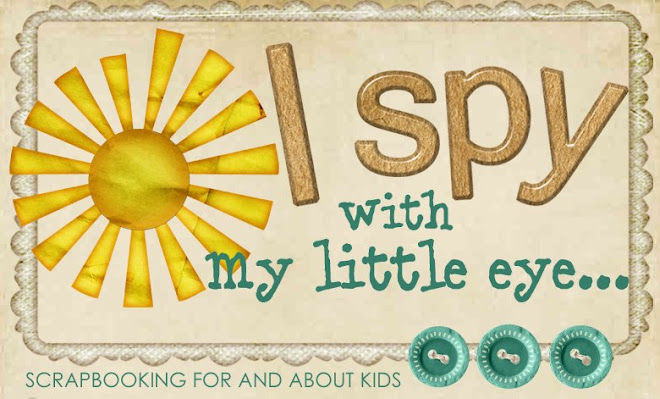
About 350 ladybugs!
We learned about these beneficial insects as part of our living things unit. We know that:
- Ladybugs are living things.
- Ladybugs have parts that help them live and grow.
- Ladybugs have a predictable life style.
- Ladybugs have basic needs (food, water) and depend on the earth for them.
- Ladybugs are beneficial insects--they help plants by eating harmful insects (aphids).
Like all insects, they have 3 body parts (head, thorax and abdomen) and 6 legs. They use their antennae to feel and smell. They have two sets of wings--hard outer wings that protect their transparent flying wings. Look!
 Here's our giant ladybug. Can you see the transparent flying wings?
Here's our giant ladybug. Can you see the transparent flying wings?

We made our own ladybugs. They have 6 legs, 2 antennae and 2 sets of wings!

Ladybugs have a predictable lifecycle. First, the adult female ladybugs lays her eggs.

A ladybug larva hatches out of an egg, hungry and looking for aphids to eat. It eats and grows and eats and grows. When it gets too big, its skin splits. This happens several times.

When the larva is big enough, it sheds its skin one last time, revealing a pupa. Inside the pupa, the larva is changing into an adult ladybug.

After a few days, an adult ladybug emerges. It is pale and its wings are wet and soft. It doesn't have any spots!

Eventually, the ladybug's wings harden, and it gets its spots. Now, the life cycle can begin all over again!

We used colored beads to make ladybug life cycle bracelets. Have your child use the bracelet to tell you all about the ladybug life cycle.

We know that ladybugs eat aphids. Lots of aphids! An adult ladybug can eat 40-60 aphids a day!
Our ladybugs were very lucky! Our PEWE teacher, Ms. Spitzer, has an aphid problem in her garden, so she brought us milkweed with lots of aphids! We got to see ladybugs eating their tasty snack up close! We wrote about our observations in our science notebooks. Eventually, we took our ladybugs outside and let them go, so they could fly away home.
Eventually, we took our ladybugs outside and let them go, so they could fly away home. 





No comments:
Post a Comment